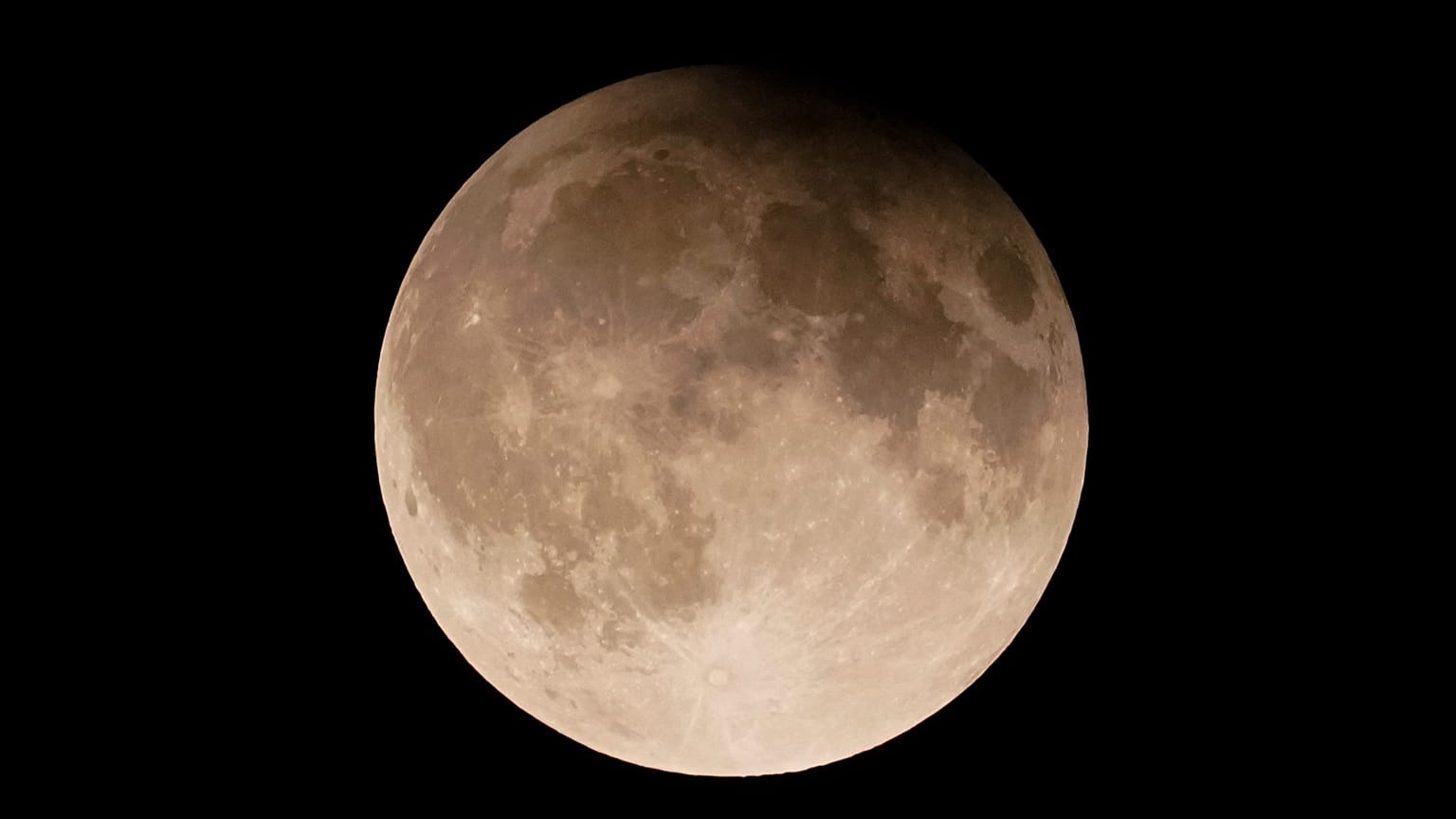The November supermoon, also called the Beaver Moon, will be the closest full moon of 2025, appearing brighter and slightly larger than usual.
Look up to the sky on Wednesday evening and you might notice something quite extraordinary: the moon will shine a little brighter, hang a little larger and feel a little closer to home than usual.
That’s because we’re about to witness the closest supermoon of the year. Here's everything you ought to know before the phenomenon occurs:
What is a supermoon and why should we care?
A “supermoon” happens when a full moon coincides with the point in its orbit closest to Earth, known as perigee. The furthest point is called the apogee.
Because the moon’s orbit is slightly oval-shaped rather than perfectly round, sometimes it’s nearer, sometimes farther away. When those two moments - full moon and perigee - align, we get a supermoon.
According to NASA, this can make the moon look up to 14% bigger and 30% brighter than the faintest full moon of the year.
The term "supermoon" was first coined in 1979 by astrologer Richard Nolle.
When will the November supermoon be?
The November supermoon will officially be full on 5 November Wednesday at 1:20PM GMT (2:20PM CET).
While it will be visible the night before and the night after, the best time to see it is Wednesday evening, shortly after sunset.
How can I see it?
You will not need any special equipment - just clear skies, a decent set of a eyes and a good view of the horizon.
That said, the change in the moon's size can be tough to discern with the naked eye.
“The difference is most obvious as a comparison between other images or observations,” said Shannon Schmoll, director of Abrams Planetarium at Michigan State University, in an email.
Will it affect tides?
Yes - but only slightly. The moon’s extra closeness to Earth means its gravitational pull is a little stronger, which can cause slightly higher tides.
According to astronomer Lawrence Wasserman of the Lowell Observatory, though, the effect isn’t dramatic enough to notice for most coastal areas.
Will there be any more supermoons this year?
Yes - if you don't get a chance to see the supermoon on Wednesday, the next and final one of 2025 will rise next month, on 6 December.


















